How to Judge Slab Quality in a Granite Showroom
If you’ve ever walked into a granite showroom and felt overwhelmed by all the choices, you’re not alone. There’s a lot of beauty on display—but how do you know which slabs are just pretty to look at, and which ones are truly high quality?
At Greenlee, we work with natural stone every single day, and we’ve learned what to look for—both on the surface and beneath it. Whether you're building a custom home or remodeling a single space, your countertop is a big investment. And if you want it to last, slab quality matters.
Here’s how we help our customers judge granite slabs—and what we look for before we ever bring a stone into our shop.
Not All Granite Is Created Equal
Granite and other natural stones are graded based on their structural integrity and appearance. In general, you’ll see three grades in the industry:
- Commercial grade – Usually the lowest quality. Expect visible fissures, heavy fill, and more inconsistency.
- Standard grade – Mid-range quality, suitable for most residential applications.
- First quality (or premium) – The top-tier material with the least amount of natural imperfections.
Now, here’s the truth: every granite slab has fissures. That’s just part of what you get with natural stone. It’s formed over millions of years with minerals coming together in all kinds of conditions. So what we’re really looking for is how much fill was used, how stable the slab is, and whether it will hold up through fabrication and everyday use.
Fractures vs. Fissures: What’s the Difference?
This is a big one.
- A fissure is a natural separation between minerals in the stone—kind of like where two different kinds of materials meet and didn’t quite fuse perfectly. It might look like a crack, but it’s part of the stone's natural character. Fissures are common, and in most cases, they’re filled with resin and polished smooth.
- A fracture, on the other hand, usually means the slab is cracked or compromised in a way that could affect strength. These are the ones we try to avoid.
I always look at how much fill is in a slab. Heavy fill areas tell me the stone might have had a lot of voids or weakness when it came out of the ground. That doesn’t mean it can’t be used—but it’s something we factor into how we cut, fabricate, and install it.
What We Look for Before Bringing a Slab In
We don’t just grab anything off the truck. I like to put my own eyes on a bundle of slabs before we buy. Some of our trusted vendors even send videos of the slabs as they come off the line, pointing out any imperfections, so we can make smart decisions.
If I see too many fractures or weak spots, I pass. I’d rather wait and get a better-quality bundle than deal with fixing stone all the way through fabrication.
That said, even the best stones sometimes need a little work. Fixing broken stone is part of what we do every week. But we’re always looking to minimize that from the start.
What You Should Look for as a Homeowner
When you walk through a granite showroom, don’t be afraid to ask questions and take a close look at each slab. Here’s what to pay attention to:
- Are there visible fissures or cracks?
- Can you see areas where resin was used to fill voids?
- Does the slab feel structurally solid when tapped or touched?
- Are there pits or soft spots that stand out?
- Do you like the natural movement, veining, and color variation?
And here’s something people often overlook—who are you buying it from? A good slab starts with a good supplier. If your showroom isn’t screening for quality up front, you’re more likely to end up with headaches later.
When to Consider Engineered Quartz Instead
Some people love the character of natural stone, including the fissures and imperfections. Others find those “beauty marks” a little too stressful to live with.
If those natural flaws are going to bother you, engineered quartz might be a better fit. It’s more uniform, has no fissures or fill, and gives you peace of mind with a clean, consistent look. You trade off some uniqueness, but you gain a whole lot of predictability.
Final Thoughts: The Right Stone for the Right Home
Choosing granite isn’t about finding a flawless piece of rock. It’s about finding the right balance of beauty, structure, and craftsmanship—and working with a shop that knows how to bring it all together.
We’ve been doing this for 27 years. We’ve seen just about every kind of slab you can imagine. And whether it’s granite, quartzite, or engineered quartz, we’ll help you pick something that looks great, holds up, and makes you feel good every time you see it.
Bring a sketch and come see us.
Designing Surfaces For Your Life
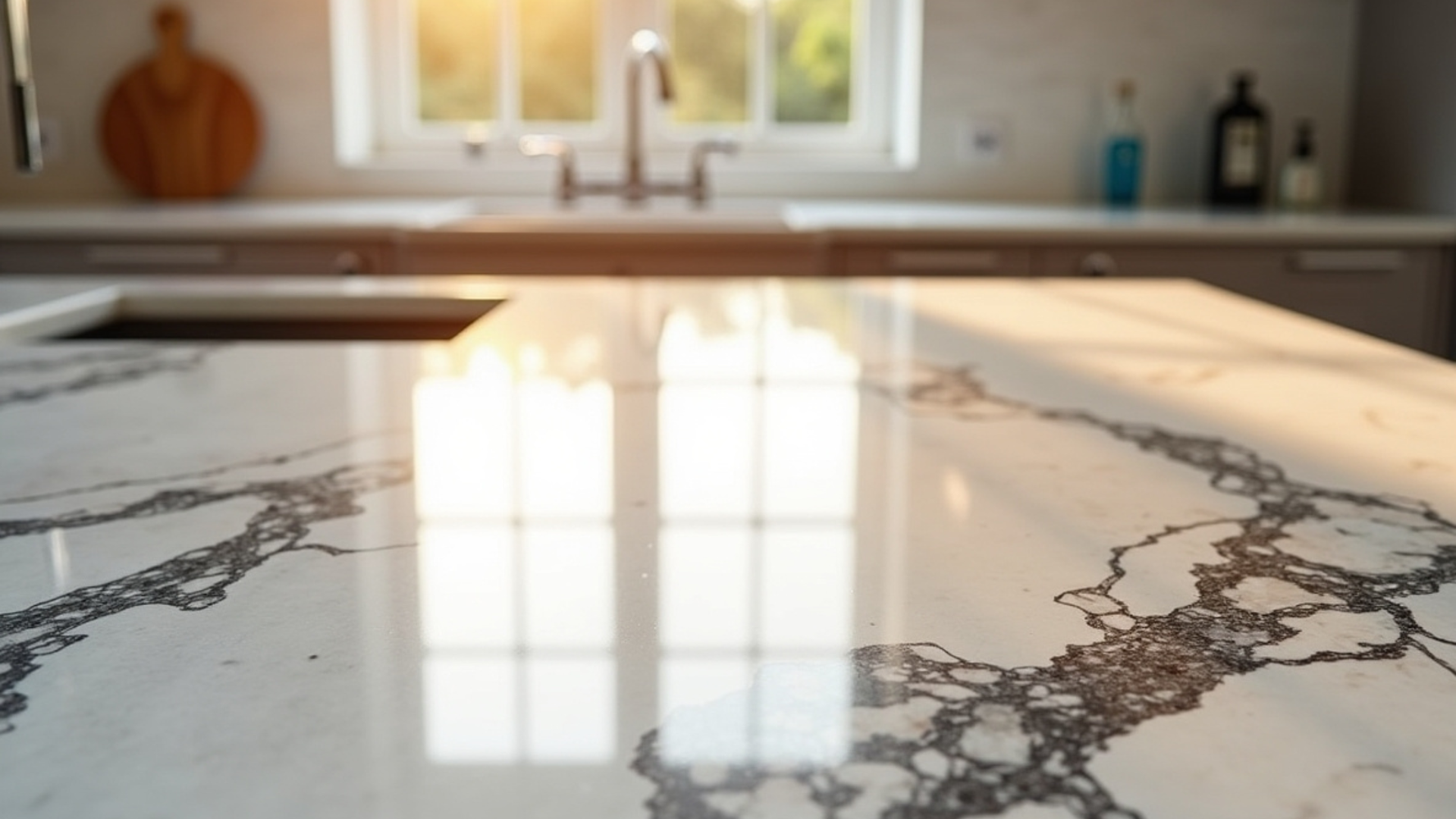
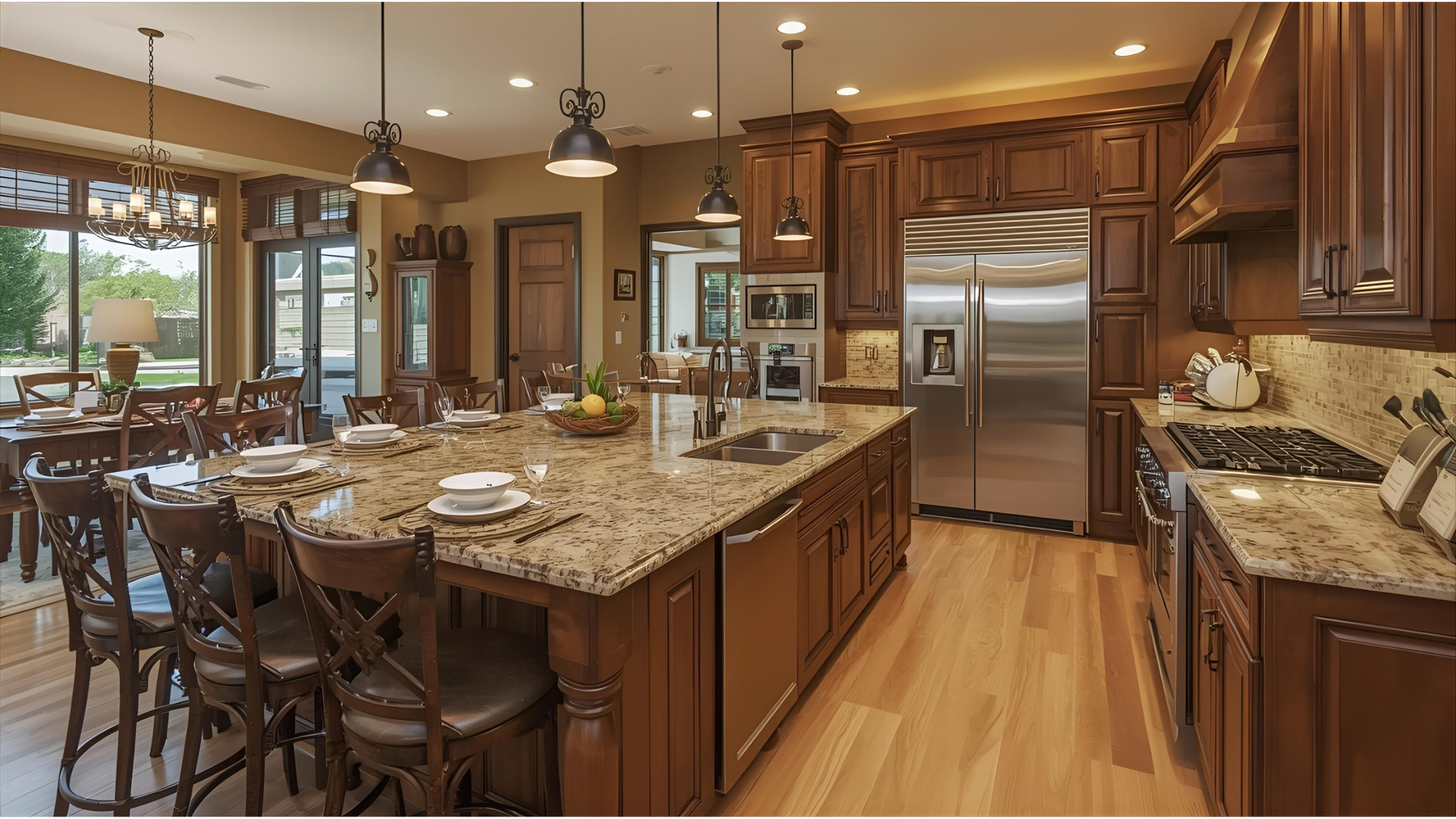
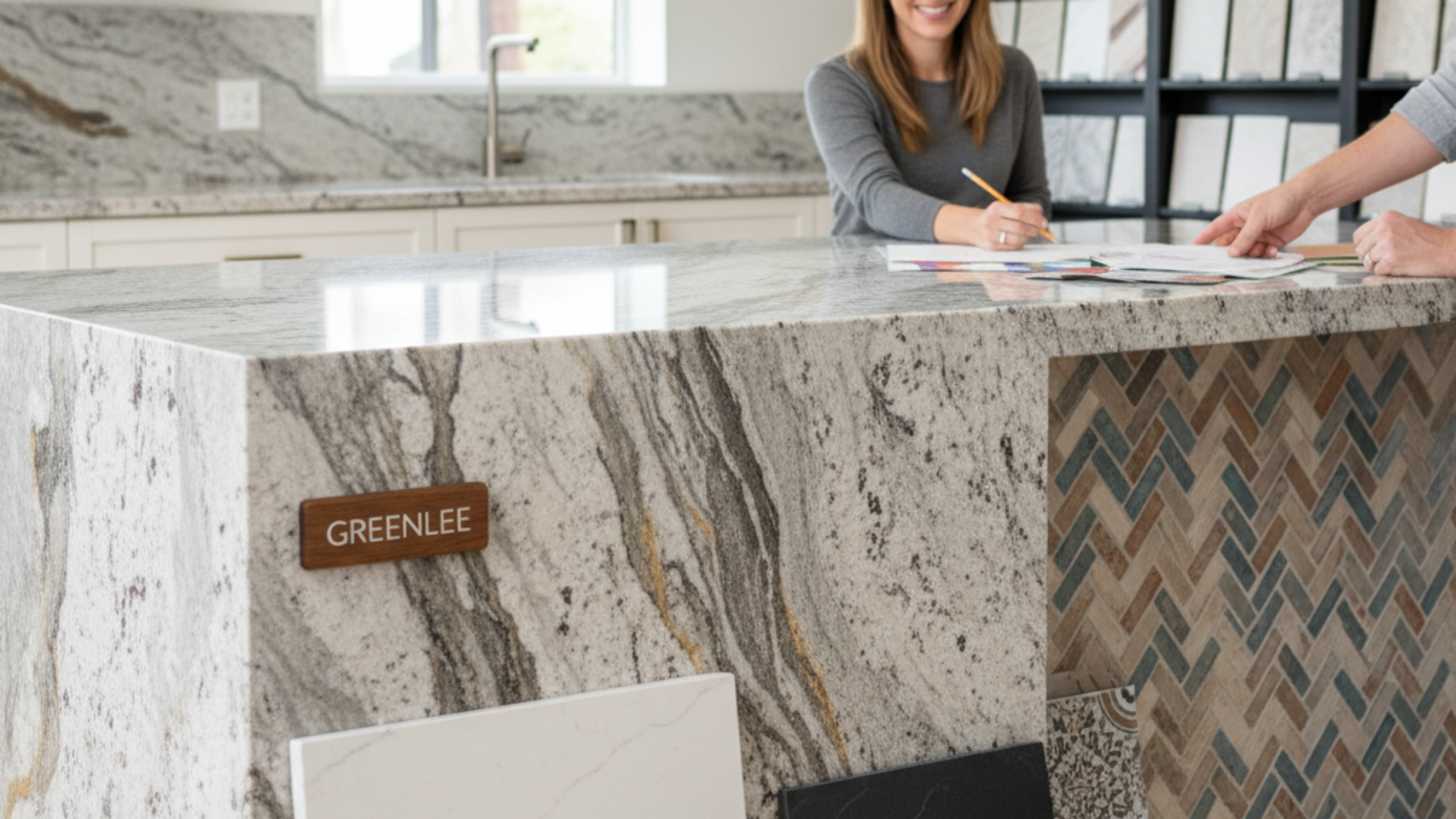
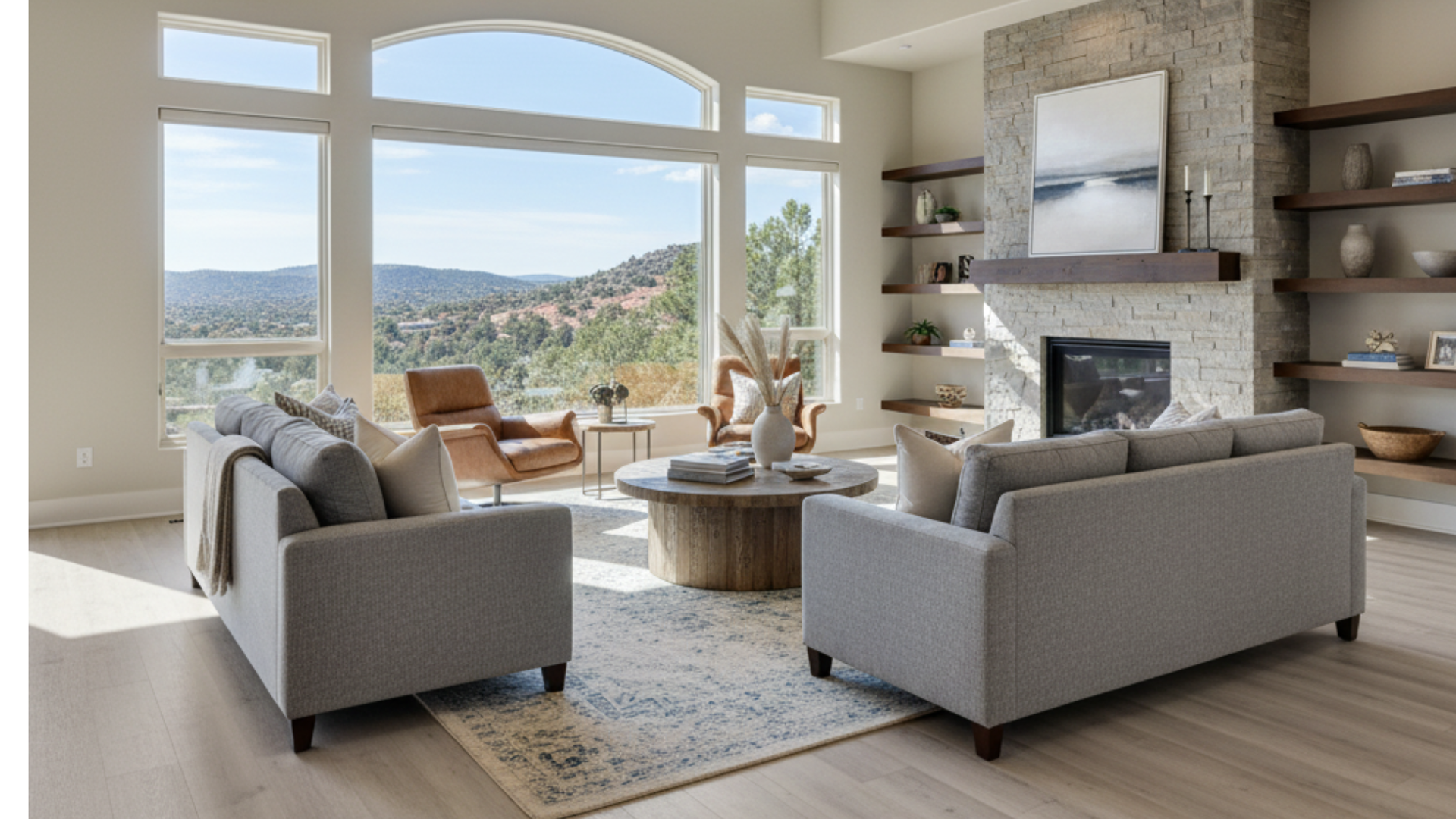
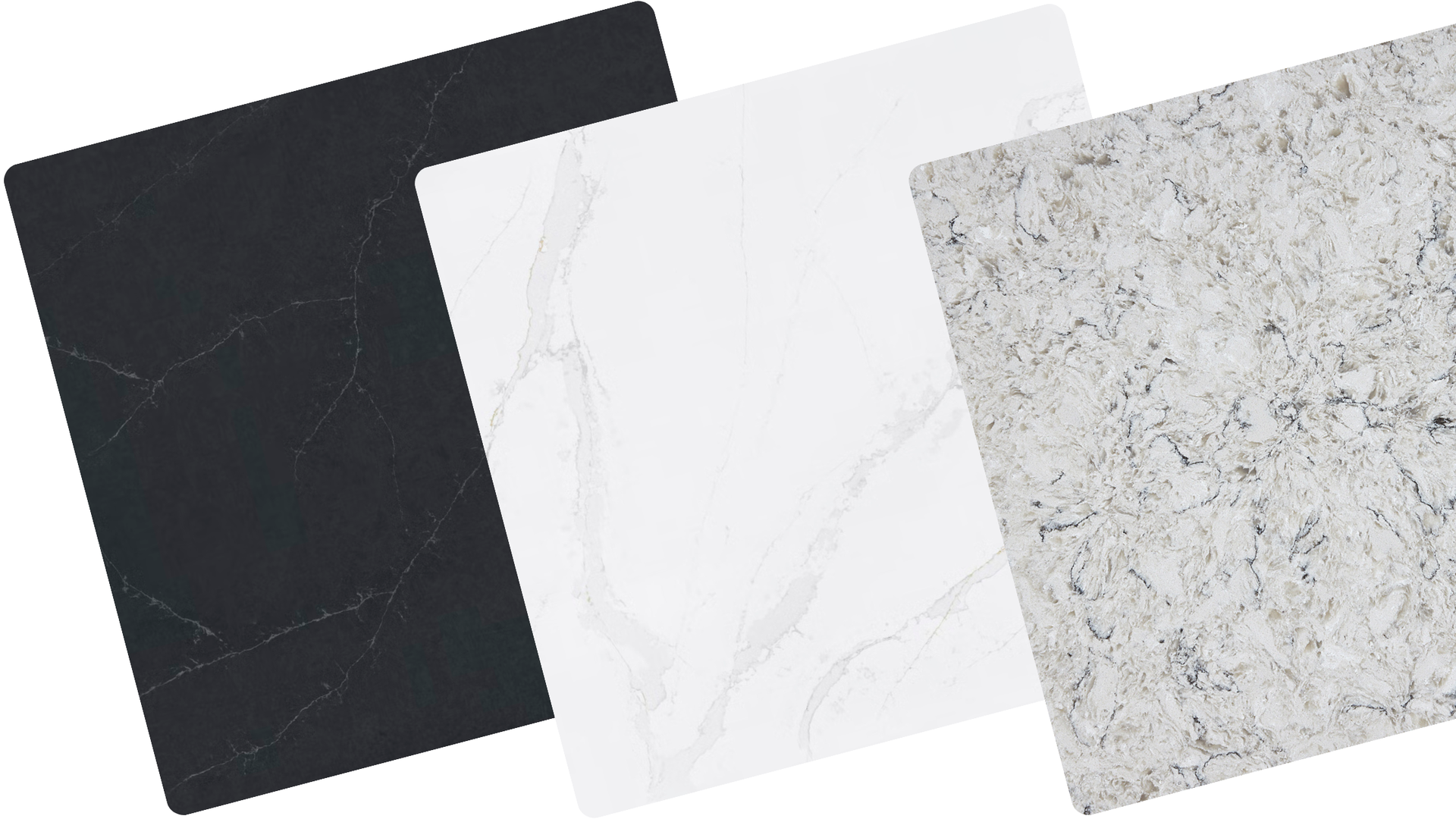
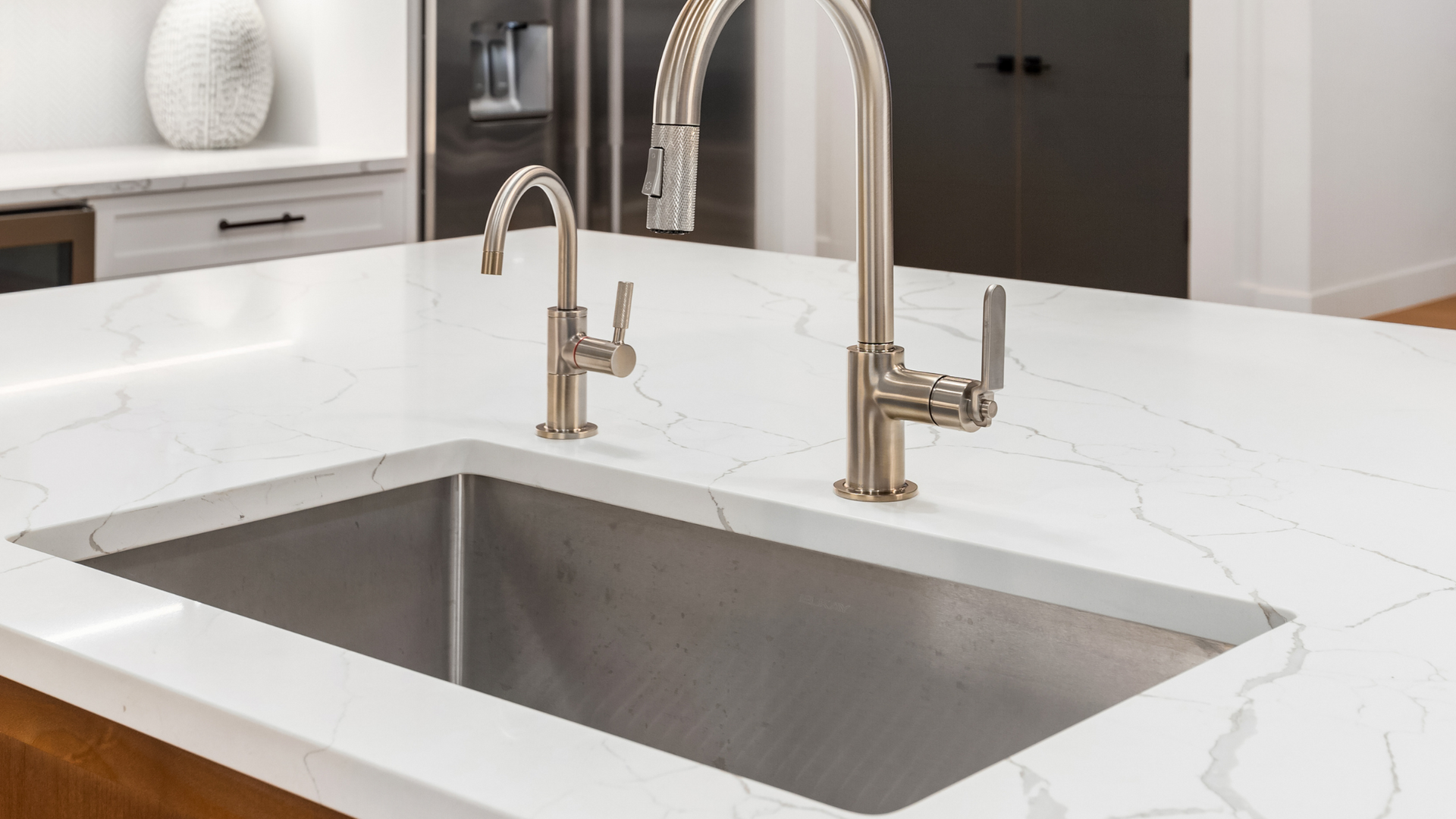

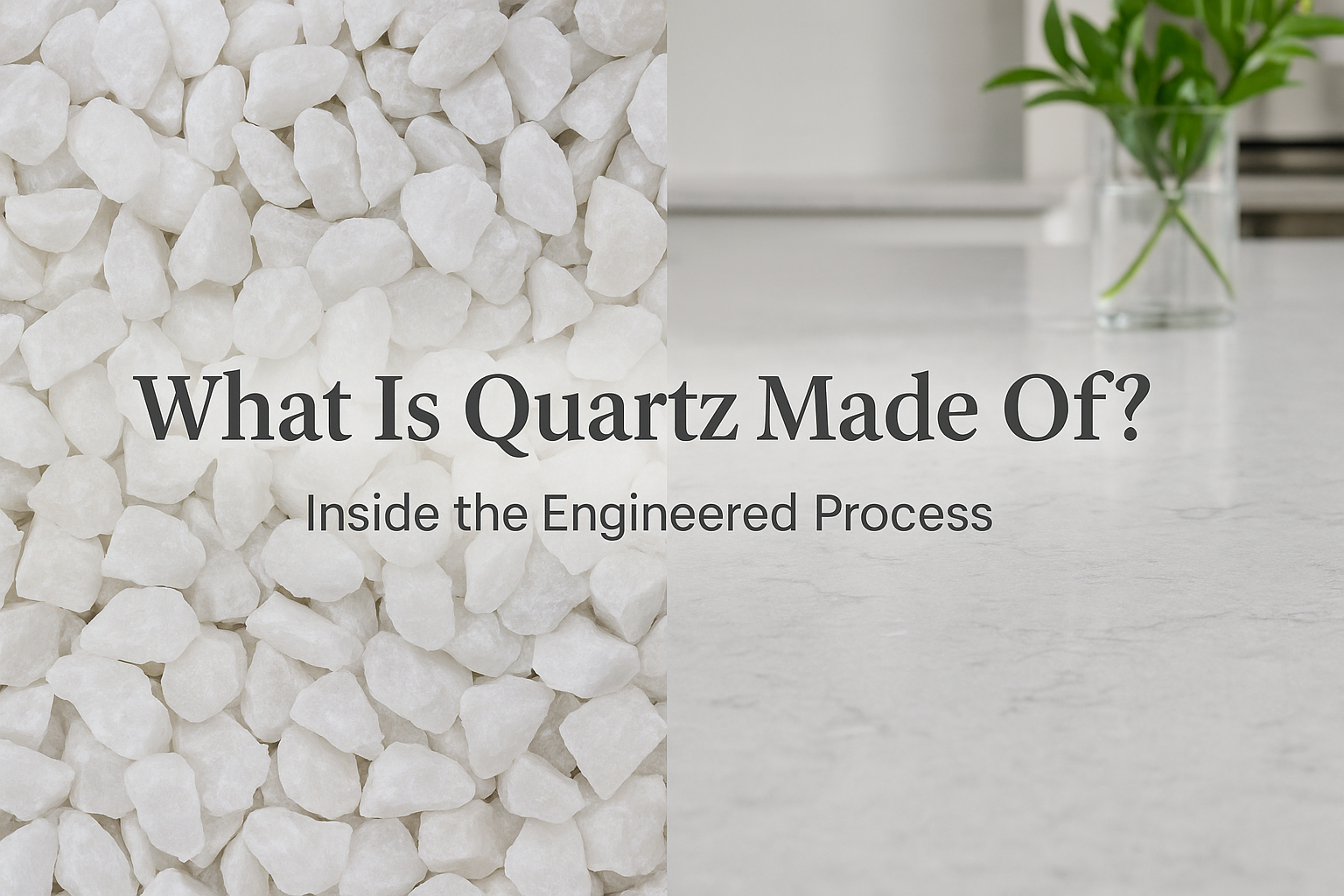

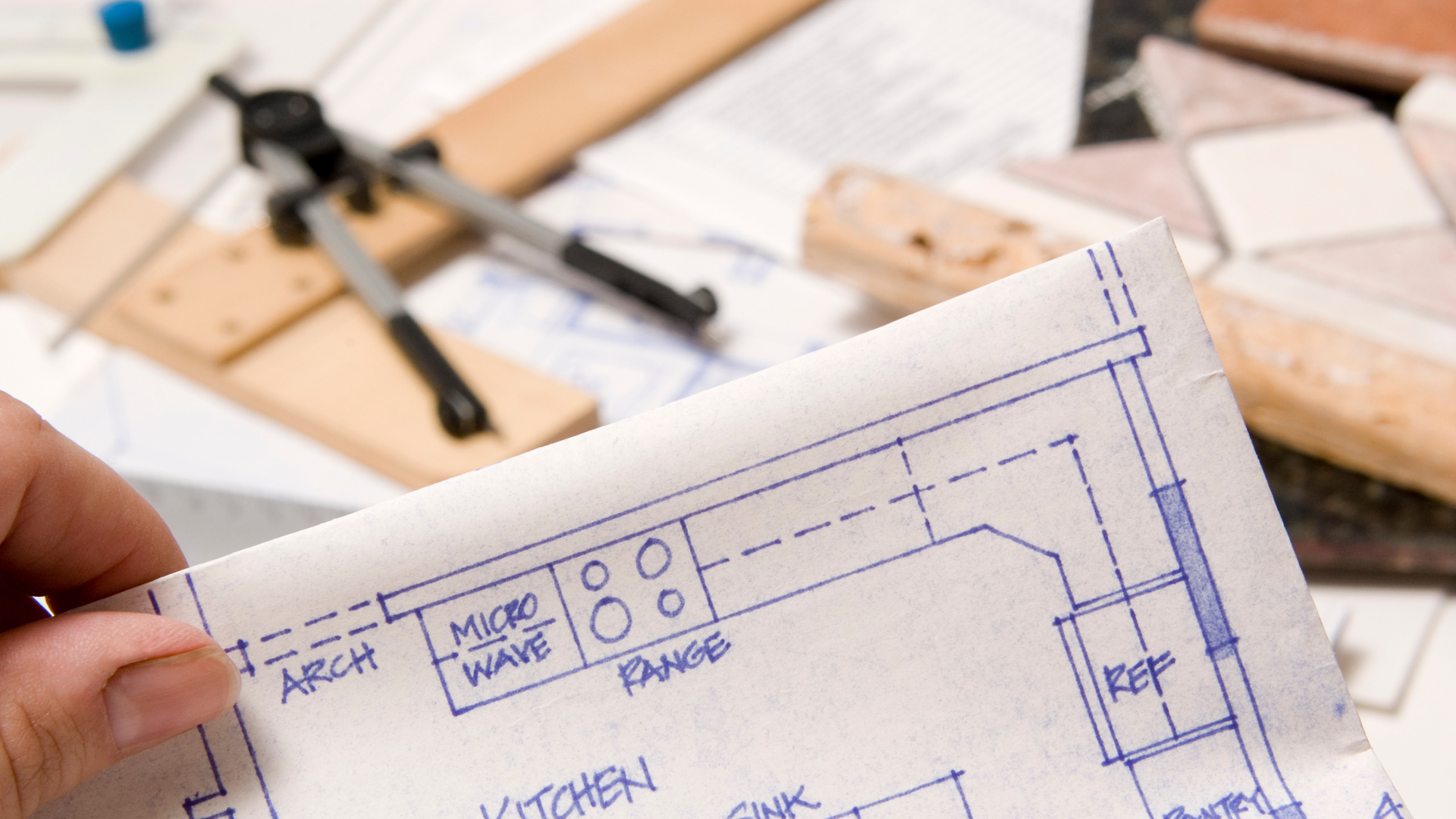
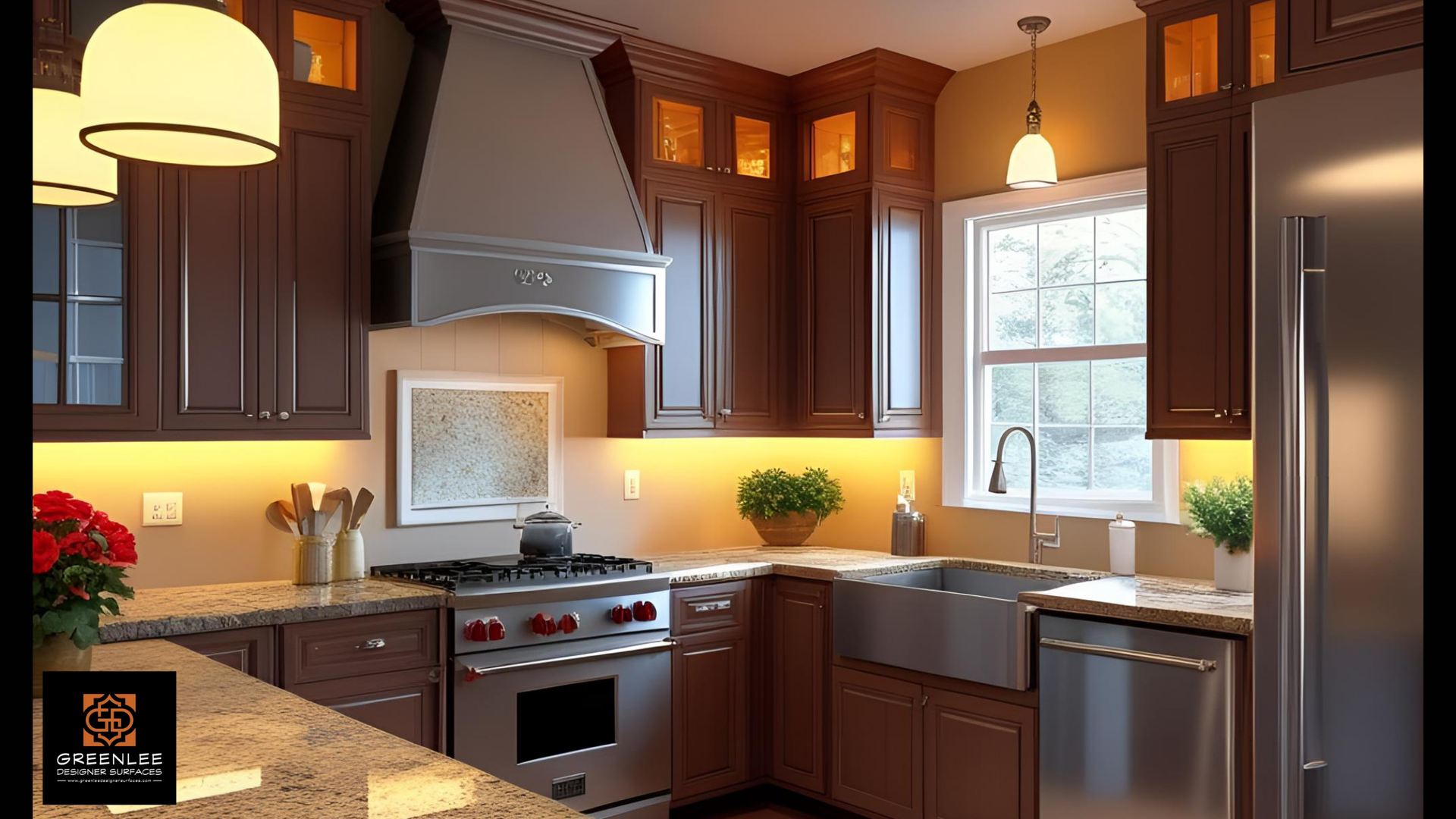
Share On: